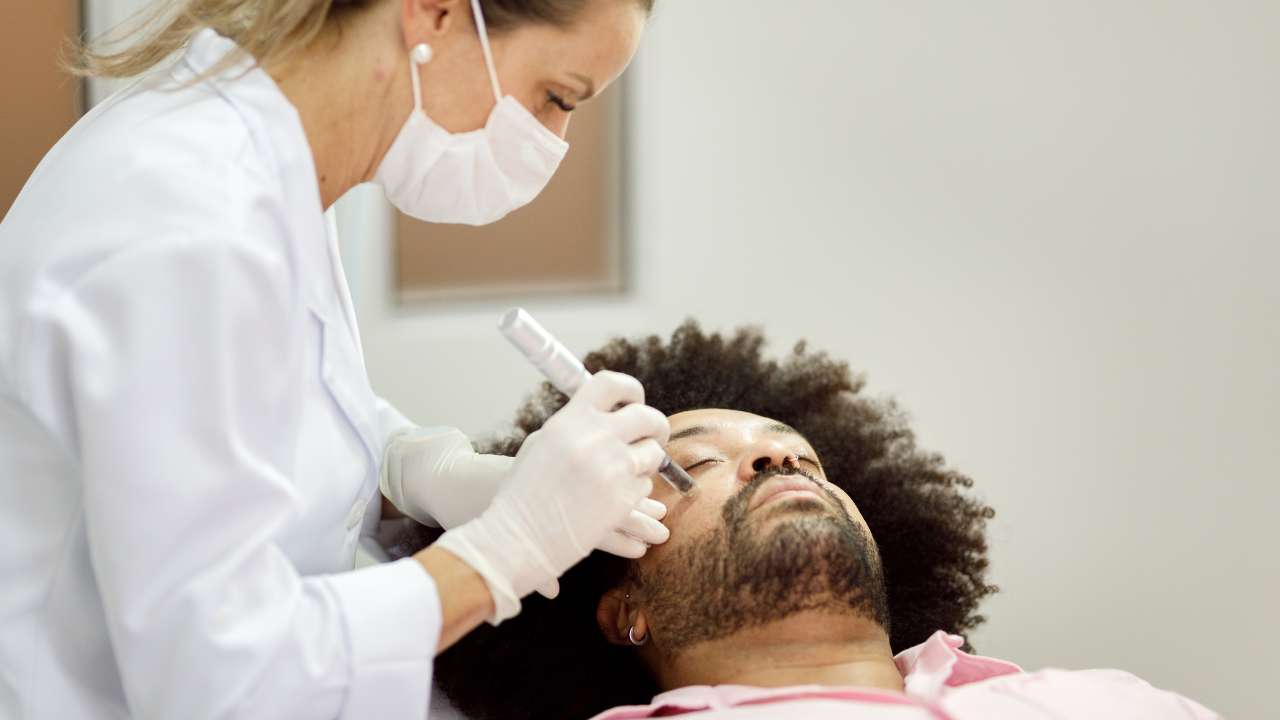Everything You Need To Know On Anti-Aging Procedures

The key to anti-aging procedures is choosing the best option for your needs. A dermatologist can guide you in finding the right treatments to help you look your best.
For example, chemical peels are an excellent way to reduce fine lines and wrinkles. LED light therapy facials are also great for aging skin.
Botox and Xeomin
Botox and Xeomin are injectable treatments that can reduce fine lines and wrinkles and cause you to look older. Both injectables contain the neurotoxic protein botulinum toxin type A, which can relax muscles and temporarily erase signs of aging.
Both injections are quick and painless. You may experience a slight pinching sensation during the treatment, but you can request a topical anesthetic to help minimize any discomfort. During the procedure, your provider will use a small needle to inject a precise amount of Xeomin or Botox into specific areas of your face. The procedure typically takes a few minutes, and results will appear within a few days.
The FDA has approved Xeomin and Botox to treat frown lines between the eyebrows, forehead creases, and crow’s feet. They can also treat conditions that result in muscle spasms, such as cervical dystonia and blepharospasm.
Unlike Botox, which contains extra binding proteins that can cause your immune system to develop antibodies over time, Xeomin does not have these added ingredients. Because of this, Xeomin is less likely to trigger an immune response and is often considered the “naked” version of Botox, sometimes called “incobotulinumtoxin A.” Because it doesn’t have these additional proteins, you will not need as many Xeomin sessions over time to maintain your anti-aging results.
Microneedling

Microneedling is a safe and non-invasive method to enhance skin tone and firmness and reduce the appearance of fine lines and wrinkles. It works by stimulating collagen. These anti-aging procedures involve a handheld device that moves over your face, creating tiny holes. Your body then uses its natural healing system to close those tiny wounds, which boosts collagen. The boost in elastic skin fibers makes your skin look tighter, smoother, and younger-looking.
Aside from boosting collagen levels, the procedure also speeds up your natural skin cell turnover cycle. This eliminates dark spots, minor photodamage, and other blemishes that make you look older than you are.
Collagen is a protein that is necessary for healthy skin. But, as you age, your body produces less and less of it. Those lower levels of collagen are the primary reason your skin loses its firm, plump appearance. Microneedling helps to boost collagen levels, which gives your skin that smooth and supple feel you love about youth.
Aside from reducing fine lines and wrinkles, the treatment is also beneficial for uneven skin tone, enlarged pores, and stretch marks. However, it is essential to note that you must commit to a series of sessions to get the best results from this treatment. In addition, it is not recommended if you have an active infection, acute eczema, or sunburnt skin.
Dermal Fillers
Gel-like substances known as dermal fillers are injected under the skin to improve the appearance of the face by smoothing out lines and creases, enhancing contours, and adding volume. The FDA approves a wide range of dermal fillers, including hyaluronic acid (Restylane, Juvederm) and calcium hydroxylapatite (Radiesse).
Dermal filler treatments are minimally invasive. An anesthetic cream is typically applied to the treatment area before the injections are made. The procedure takes about 30-45 minutes. Depending on the type of dermal filler used and the area treated, the results last 6 to 12 months.
The body absorbs most dermal fillers after they are injected. However, one product that contains polymethyl methacrylate beads (PMMA) isn’t absorbed by the body and can provide long-lasting results.
Cosmetic surgeons use dermal fillers to treat a variety of facial concerns, such as dark under-eye circles, fine lines and wrinkles, thinning lips, and the hollowing effect of aging on the cheeks and jawline. They can also enhance facial features like the nose, chin, and jawline.
Discussing your medical history with your cosmetic surgeon before having a dermal filler treatment is essential. It’s important to be aware that certain medical conditions and medications, like blood thinners or NSAIDs, can impact your safety and treatment outcome by increasing the likelihood of bruising.
It is also necessary to choose a qualified practitioner registered with a health professional scheme that has an in-depth understanding of dermal filler techniques, anatomy, and managing complications.
Laser Treatments
Lasers direct short, concentrated beams of light energy at skin irregularities to stimulate collagen growth, remove layers of damaged skin and fade discoloration. One of the benefits of seeking their assistance is that they are equipped to handle various issues, such as tattoos and scars. However, they’re most effective in treating fine lines and wrinkles, uneven skin tone and pigmentation, and rough skin texture.
Nonablative laser treatments use low-energy lasers to erase signs of aging by stimulating collagen production without damaging the outer layer of the skin. The treatment is also suitable for sun damage, wrinkles, stretch marks, and rosacea.
Ablative lasers such as CO2 laser resurfacing work in two ways: They heat the upper layers of the skin, causing microscopic damage that prompts your body to go into overdrive producing new collagen and elastin. The result is more elastic, less wrinkled, and more youthful-looking skin.
Fractional lasers, which divide large areas of the skin into multiple smaller areas to target only specific problem areas, have a shorter recovery period and reduce the risk of side effects such as redness, itching, and swelling. Unlike ablative lasers, they don’t cause significant damage to the surrounding tissue so you can resume your normal activities almost immediately after treatment.



